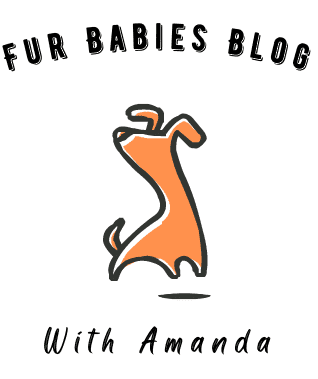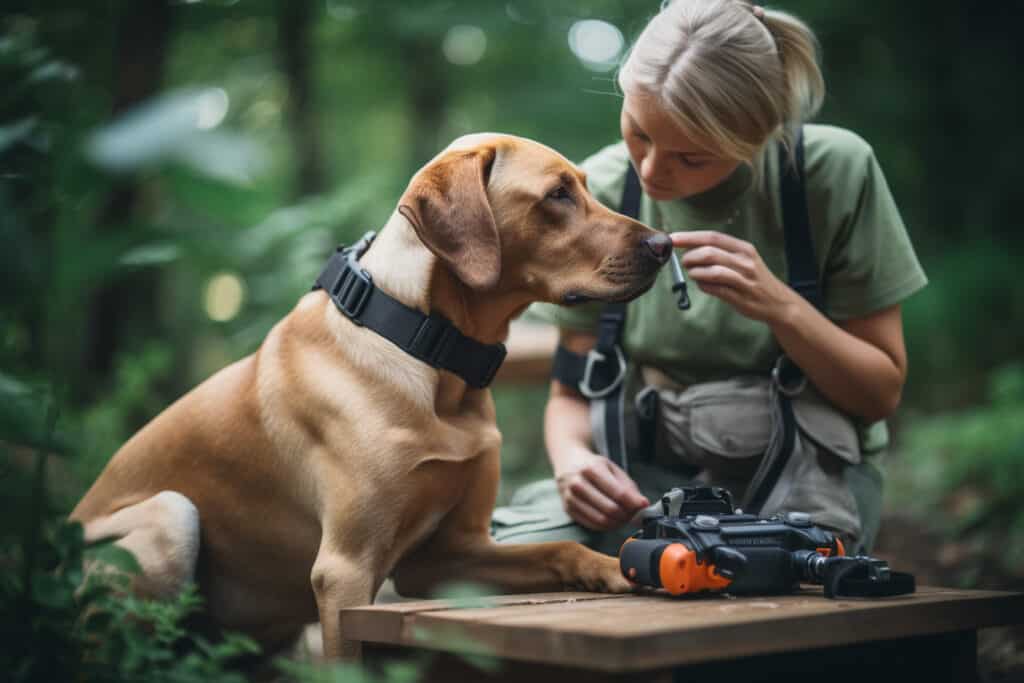Are you wanting to learn how to pen train a puppy? If so, then look no further. With the proper technique and patience, this process can be quick and easy for both of you! As a dog owner myself I'm here to provide some helpful tips that will make the process smooth sailing.
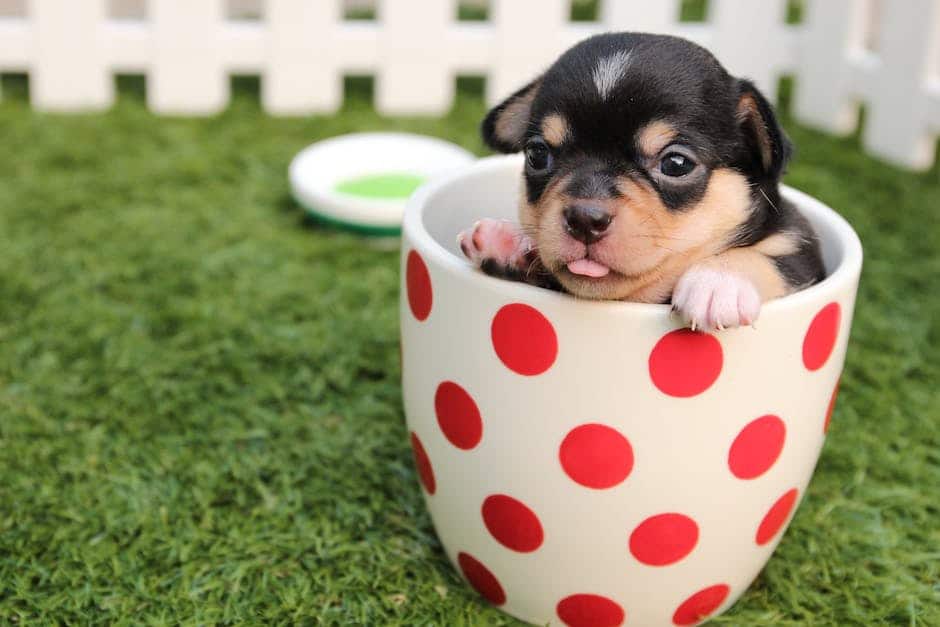
Training your pup is an important part of being a responsible pet owner. It helps ensure their safety by teaching them where they need to go when it's time to relieve themselves. You'll also save yourself time overall since there won't be any accidents around the house anymore! Plus, it's just plain rewarding when you see your furry friend understanding the task at hand.
Pen training your pup isn't just about getting them used to going outside – it's also great for establishing trust between pet and owner. When you invest time into helping them grow up with good manners and habits, not only does it benefit both of you now but throughout their lifetime as well. So, let's get started on this journey together!
Table of Contents
Definition Of How to Pen Train A Puppy
Training a puppy is like teaching a child to ride a bike – it takes patience and practice, but the rewards are worth it. Pen training your pup can be an effective way to help them learn where they should go potty and how to stay out of trouble when you're away from home.
A puppy pen is any enclosed area that's just big enough for your dog to move around in, such as a room or even part of a yard. Provide access to food and water bowls, pee pads, chew toys, and their dog crate so they have everything they need while staying safe.
When starting out, keep your pup inside the pen for short periods at first; gradually increase the amount of time as he starts feeling comfortable with his new space.
Positive associations will also help make this transition easier – give lots of praise whenever your pet does something good! With consistency and dedication on your end, soon enough you'll be able to trust that your pup will remain content in its pen without supervision.
Benefits Of Pen Training for Puppies
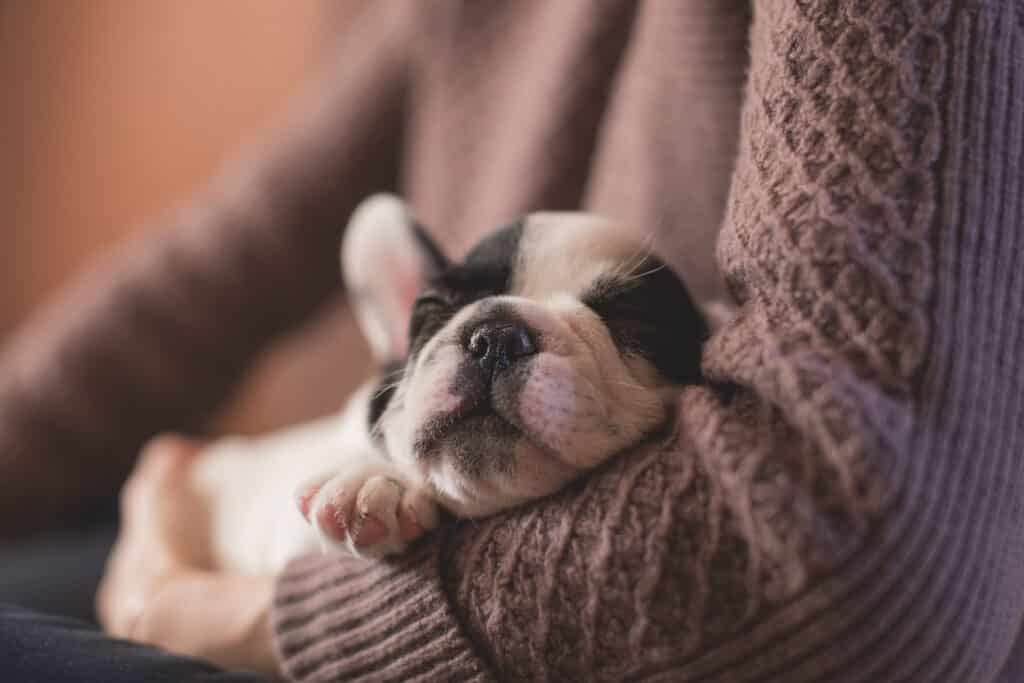
Pen training a puppy has many benefits. It is an effective way to keep puppies safe within their own space for extended periods of time, while preventing them from being destructive or having accidents in the house.
Pen training also helps create positive associations with their playpen and potty area so that young puppies can learn quickly where they should and should not go.
Having established these important basics about pen training for puppies, now let us consider what supplies we need to get started on this rewarding journey together!
Supplies Needed For How To Pen Train A Puppy
When it comes to puppy training, preparation is key. Having all the supplies needed for a successful pen-training experience can make the process much smoother and more enjoyable for both you and your pup.
To get started, you'll need potty pads, a puppy's playpen or dog exercise pens, some puppy chews or treats like peanut butter smeared on a toy, and of course a crate with an open door as the confinement area.
A good rule of thumb is to have enough items in the pen that you don't need to go back into the room until it's time to take your pup out for breaks. That way they won't feel overwhelmed by too many new things at once.
As long as there are plenty of toys and distractions within their reach, they should be content while they learn where they’re supposed to do their business! With these essential tools in hand, we’re ready to set up our environment so our pup has everything they need during this exciting journey into potty training success.
Setting Up the Pen Environment
For adult dogs and older puppies, this means providing them with potty breaks throughout the day in order to establish good habits from the start. Newer puppies may need more frequent trips outside as they adjust to their new home.
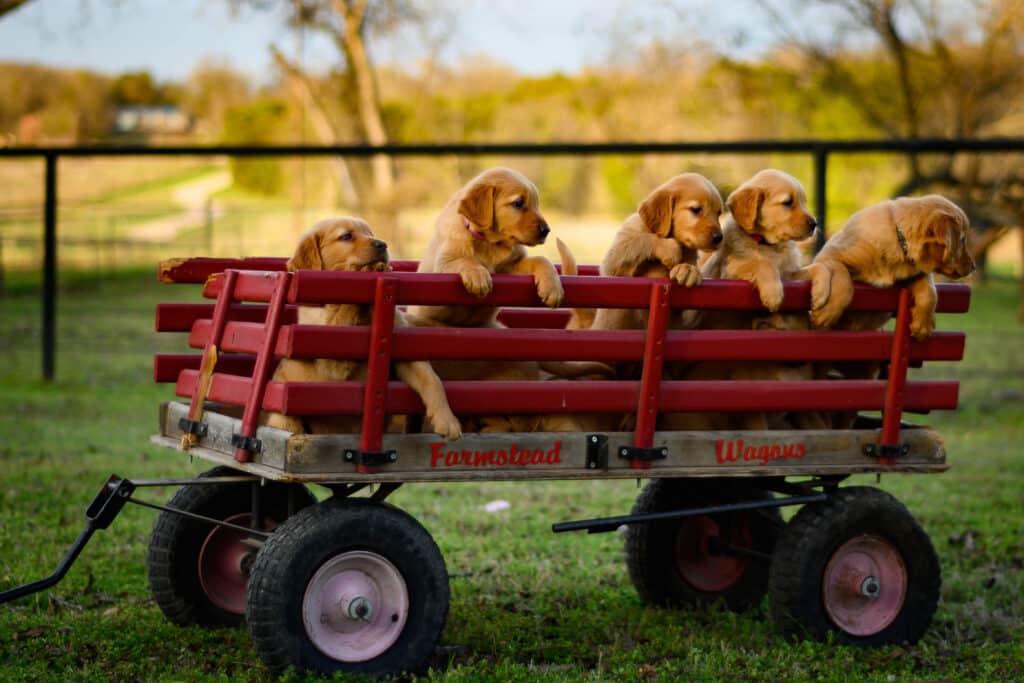
Creating a safe place for your furry friend is essential when it comes to pen training. This can be done through using small crates or playpens that are easy to clean and provide plenty of space for your pup.
While you want your pup to feel comfortable, putting toys and blankets inside should be avoided during the first week of training – instead, focus on teaching your pup how to use the designated area correctly. Doing so will help create better success long-term.
Now that we have discussed setting up the pen environment let's move onto discussing how to begin pen training a puppy basics.
How To Pen Train A Puppy Training Basics
Are you excited to start your pet’s training journey? Training a small puppy is a crucial step in teaching them good behavior and creating a strong bond between the two of you. As part of this process, it will be necessary to teach your pup how to use their litter box and introduce the concept of obedience training.
One key aspect of housebreaking a young pup is crate training; introducing your puppy to pen or cage confinement for short periods at first, gradually increasing the amount of time spent inside until they become used to the idea.
It can be difficult when your puppy cries during this process but remember that enduring these moments now can lead to better results in the long run!
It might help if you distract them with treats or toys while encouraging positive behaviors like going into their crate voluntarily or settling down quickly once confined. With patience and consistency, you'll be able to create an effective dog-training routine that works best for both you and your pup.
Introducing The Pen to Your Puppy
As puppy parents, it's important to introduce your pup to their new pen in a way that encourages them to develop good habits. To do this, have a family member carry the dog gently into the designated area and place them inside of the crate with positive reinforcement.
Allow your pup some time alone to explore their personal space before joining them for training sessions. During these sessions, keep it lighthearted and fun, using voice commands and treats as rewards for displayed behaviors.
It is essential that you avoid scolding or punishing potty accidents, instead use positive reinforcement when they make good decisions – such as going outside to go potty – which will help build trust between you and your pup.
As soon as your pup has adjusted to their unfamiliar environment, start developing a routine for potty breaks so they can learn how to follow instructions and practice self-control.
Developing A Routine for Potty Breaks
Developing a routine for potty breaks is one of the most important steps when it comes to pen training your puppy. As dog owners, we all want our puppies to be happy and healthy which means that having a good idea about how often they need to go outside is essential.
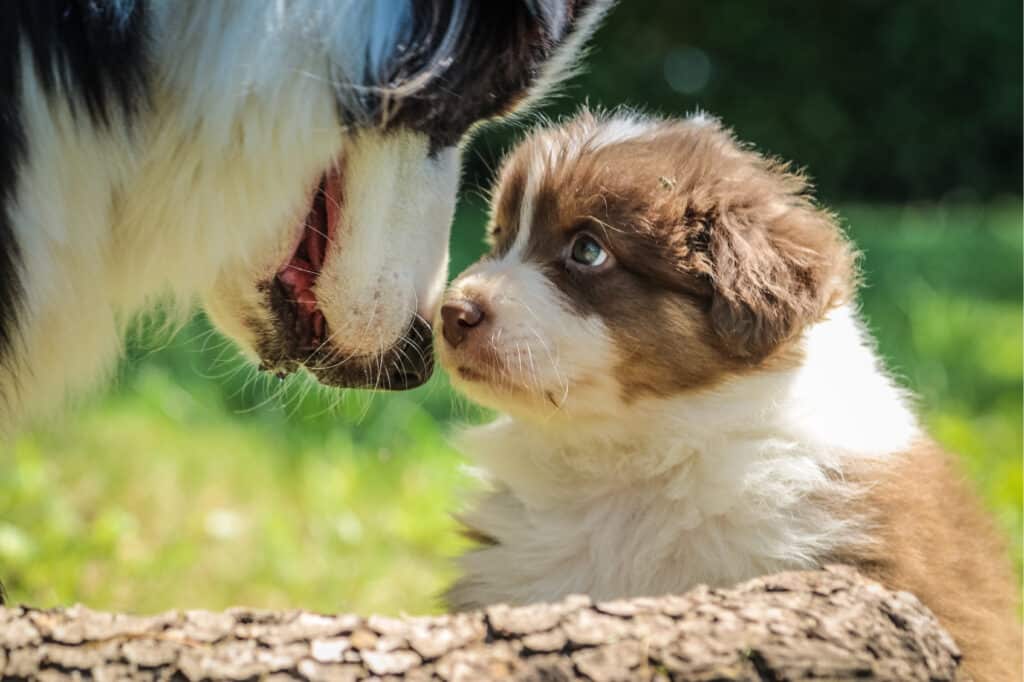
Young puppies tend to have very small bladders so if you have recently welcomed a new pup into your home, chances are you will need to take them out more frequently than an older dog would require.
Separation anxiety can play a role in this too; young dogs may show signs of distress when separated from their favorite toy or person so it's important to keep watch on these cues as well.
Taking regular walks with your pup will also help with establishing positive reinforcement techniques while reinforcing the commands you've taught them during pen training.
It's vital that you meet your puppy's needs by taking them out regularly so they don't become distressed or feel neglected at any point.
Establishing Positive Reinforcement Techniques
Positive reinforcement techniques are essential for successful puppy training. Using a fun time to reward your pup when they obey house rules is one of the best options.
This helps them understand what you expect, while also providing peace of mind that they're progressing in their learning. For many puppy owners, consulting with an experienced dog trainer can be beneficial.
They'll help ensure you use the right size and type of rewards to motivate your pooch as well as offer tips on how often to reinforce behaviors.
The best time to start using positive reinforcement tactics is as soon as possible after bringing home your new pup. A puppy's short-term memory only lasts about 2 minutes, so repetition and consistency are key components for success in this area.
By reinforcing desired behavior immediately, puppies learn faster and become easier to manage over time.
Dealing With Accidents
Now that you have established positive reinforcement techniques, the next step is dealing with accidents. Accidents are inevitable when potty training a puppy and it is important to understand how best to handle them.

The good thing is that there are different uses for each accident. The best way to start is by providing your pup with enough space and easy access to go outside or in their designated area. This will ensure they can go as soon as nature calls without having an accident inside.
If this isn't possible at all times, then designate one spot for the puppy's needs indoors – preferably somewhere away from the living room and bedrooms! A great option would be tiling or lino floors where messes can easily be wiped up rather than carpets which tend to soak up odours over time.
It is also important to remember not to get mad at the pup if they do have an accident; instead give lots of praise whenever they successfully use their designated area.
Even though puppies learn quickly, it may take a long time until your pup has mastered being fully house trained so don’t expect miracles overnight! With patience and persistence, you can create the perfect environment for your pooch during potty training.
Moving on we'll discuss strategies for combating separation anxiety
Strategies For Combating Separation Anxiety
Separation anxiety can be a massive hurdle when it comes to puppy training. It's an epidemic that can sap the joy out of owning a new pup, and one that needs to be addressed quickly. Fortunately, there are strategies you can use to help your pup battle this dreaded condition!
The first strategy is to provide your pup with much space and freedom in their dog's crate. Make sure not to give them too much or too little; try to find the perfect balance for your specific area.
A good place for a puppy's crate could have enough room for him/her to turn around comfortably, but not so much space as to make them feel like they are free-roaming inside the house -that would defeat the purpose of having a cage in the first place!
Another better option is to create a safe environment by providing plenty of toys and treats. This will keep your pup from feeling isolated while also giving them some sense of comfort during those long hours alone at home.
Additionally, reward positive behavior whenever possible – puppies love positive reinforcement just as much as adults do! By taking these steps, you'll be helping your furry friend overcome separation anxiety through early intervention and setting up healthy habits right away.
Managing Chewing and Destructive Behaviors
Chewing and destructive behaviors are normal for puppies. Their needs must be met while they learn acceptable behavior. One of the best ways to do this is by providing a dog's crate with just enough room for the puppy to turn around and lay down comfortably in order to create a small space that your pup can call their own.
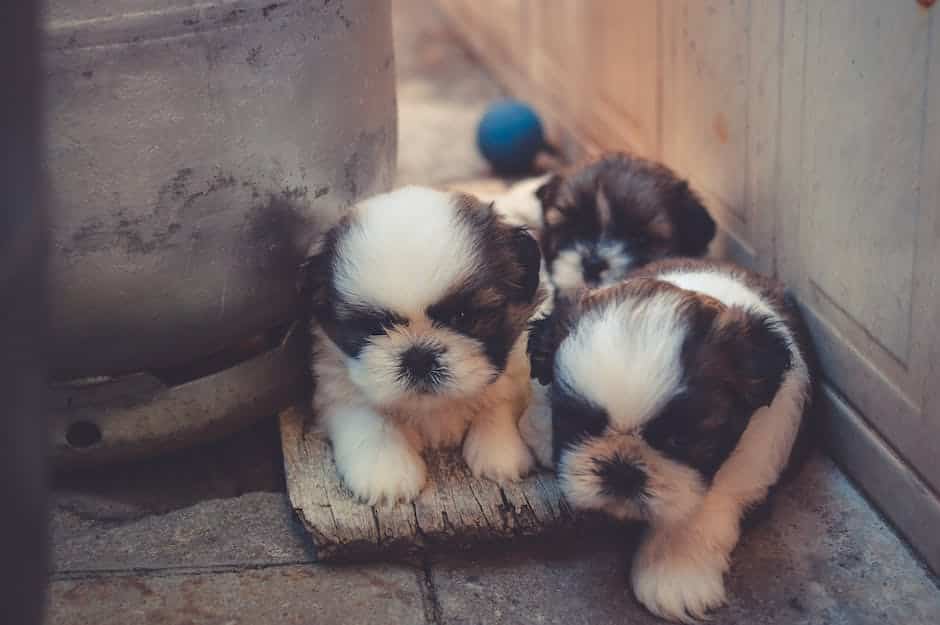
This will help them feel secure and safe when you’re not able to supervise them. It’s also important to spend lots of time playing with, training, and socializing your puppy in the pen environment so they get used to being around different people.
If you have an active lifestyle or need some extra help caring for your pup, consider hiring a puppy sitter who can take care of them during longer periods throughout the day. Keeping your puppy’s crate clean and well stocked with toys will give them something fun to focus on instead of indulging in destructive behaviors. With these tips, you'll soon find yourself enjoying a happy and well-behaved pup!
To ensure successful socialization within the pen environment, monitor all interactions between your pup and other animals or strangers carefully.
Socializing Your Puppy in The Pen Environment
When it comes to training a puppy, socializing them in their pen environment is an important first step. It's said that puppies can learn more in their first four months than they will ever learn throughout the rest of their entire life!
Therefore, taking time to properly introduce your pup to different people and other animals early on is key for successful integration into society.
If you have an older puppy, then providing extended periods of confinement allows them to become accustomed to existing within smaller confines over larger spaces for different purposes.
Spending as much time as possible inside the area designated by the pen also encourages bonding between owner and pup thanks to frequent interaction – something which should not be underestimated during this crucial stage of development. Remember: Socializing your puppy begins from day one!
Gradual Expansion of Puppy’s Freedom
Once your puppy is comfortable in its pen environment, it’s time to start expanding their freedom. This can be done in a great way by starting off with small increments of freedom within the living room and gradually increasing them over little time.
It’s important that the area around the puppy is safe for them as they explore and make sure you are present throughout this process. Start by slowly opening up sections of the door until it reaches a perfect size when they are able to come in and out comfortably.
As soon as they feel secure leaving their pen, reward them both inside and outside the pen when they return back home.
This gradual expansion of puppy's freedom will help build positive confidence while teaching respect towards boundaries set at home. Such an approach helps puppies understand what areas are accessible to them while also learning not to stray too far away from us humans–their trusted companions!
Common Mistakes to Avoid
It's essential to remember that puppy training takes patience and consistency. Many dog owners make the mistake of expecting too much from their puppies too soon. It can take several weeks or even months for your pup to learn basic commands like sit, stay, come, and heel.
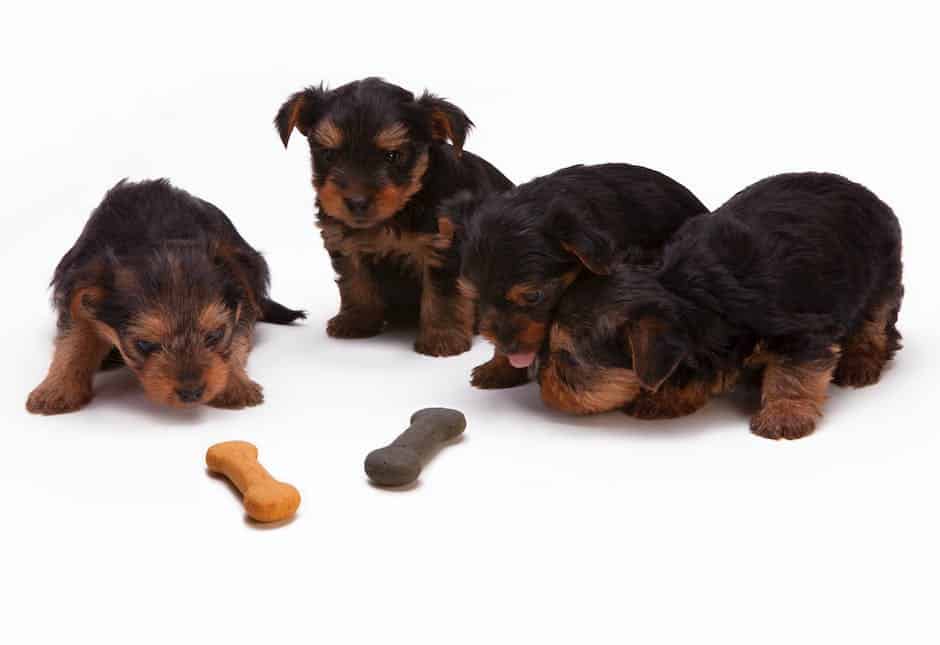
Don't get frustrated if it seems like your pup isn't catching on right away — they're still learning!
Another common issue is not setting clear boundaries with a new puppy. If you aren't firm and consistent in how you train them, they won't understand what behavior is expected of them. For example, don’t allow jumping up one day but scold them for doing the same thing another day when they do it again.
Be sure to let them know what kind of behavior you expect at all times by using positive reinforcement techniques such as praise or treats when they perform correctly.
Training a puppy requires commitment but done properly it will lead to an obedient and well-behaved pet who loves being around people and other animals.
Training should be fun for both you and your pup — create a positive environment where mistakes are seen as opportunities for growth instead of punishments. With time and effort, you'll have a happy pet that responds quickly to commands!
Closing Thoughts
The most important thing to remember when pen training a puppy is that consistency and patience are key. With the proper supplies, environment and guidance, puppies can be trained quickly and effectively.
It’s also essential to understand your pup's individual needs in order to provide them with an appropriate level of freedom as they continue through their learning process.
Pen training a puppy may seem like a daunting task, but it doesn't have to be if you take it slow and steady. When done right, not only will your pup learn faster but they'll also feel secure knowing where their boundaries lie while gaining trust in their owner at the same time.
With enough commitment on your part, you too could witness amazing results just like we did with our Frankie…
FAQs
How do I get my puppy to stop whining in the pen?
To get your puppy to stop whining in the pen, it's important to create a positive association with the pen by making it a safe space with good things inside. You can try placing a comfortable bed, toys, and treats in the pen, and gradually increase the amount of time your puppy spends in it. Additionally, you can try leaving a piece of clothing with your scent on it in the pen to help your puppy feel more secure.
Can a puppy stay in a playpen all day?
While a playpen can be a great safe space for a young puppy or young dog, it's not recommended to leave them in the pen for an extended period of time. Puppies need plenty of socialization and exercise, so it's important to provide regular opportunities for playtime, training, and outdoor walks.
Is it better to crate train or pen train a puppy?
Whether crate training or pen training is better for your puppy depends on your individual situation and your puppy's temperament. Crate training can be effective for housebreaking and providing a safe space for your puppy, while pen training can provide more space and freedom for play and exploration. Additionally, older dogs may benefit more from pen training, while younger puppies may benefit more from crate training.
Can a puppy sleep in a playpen at night?
Yes, a puppy can sleep in a playpen at night as long as it's a safe space with comfortable bedding, toys, and water. It's important to gradually introduce your puppy to the playpen and create a positive association with it to ensure that they feel comfortable and secure. Additionally, you should avoid leaving your puppy in the playpen for an extended period of time and provide regular opportunities for exercise and socialization.
